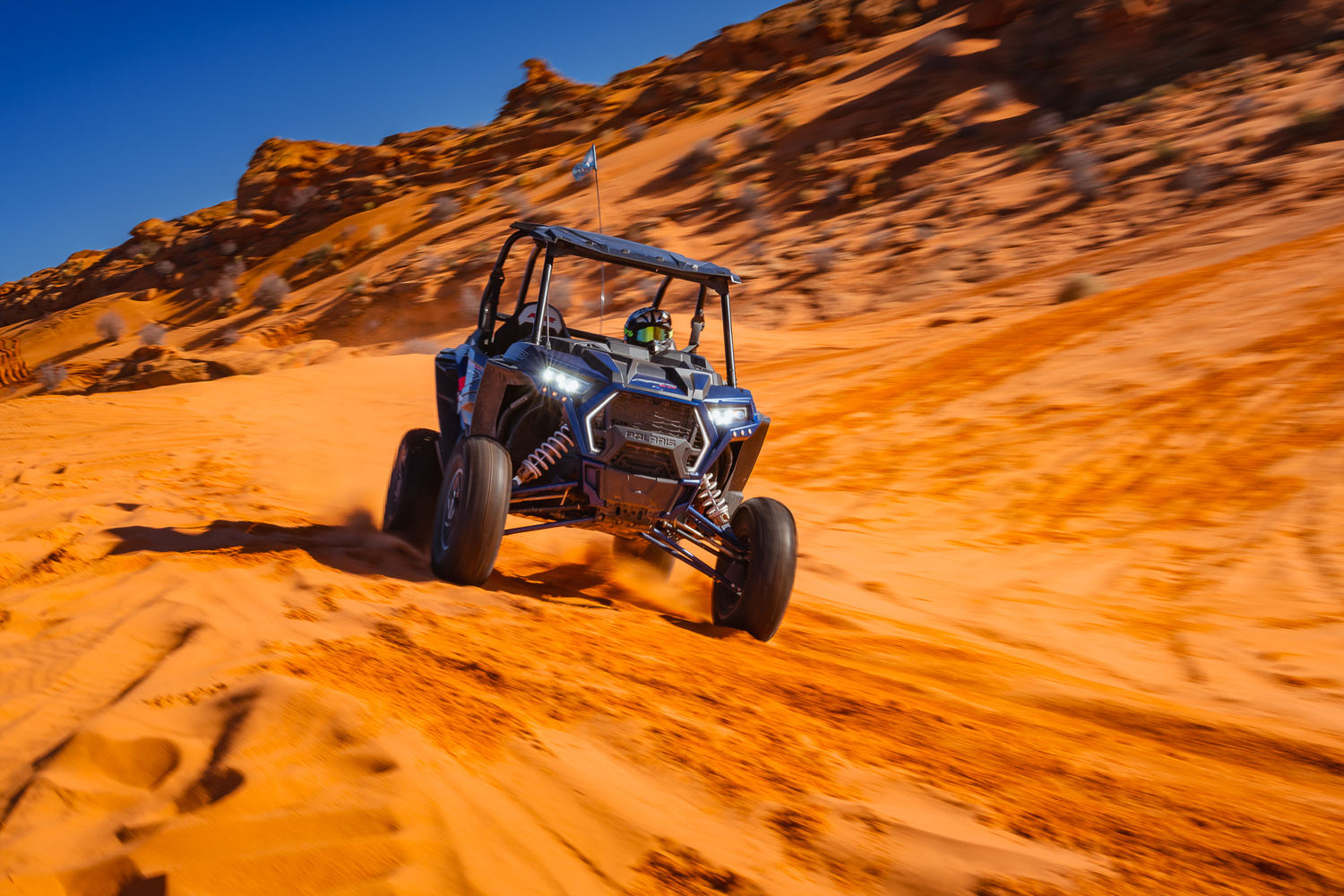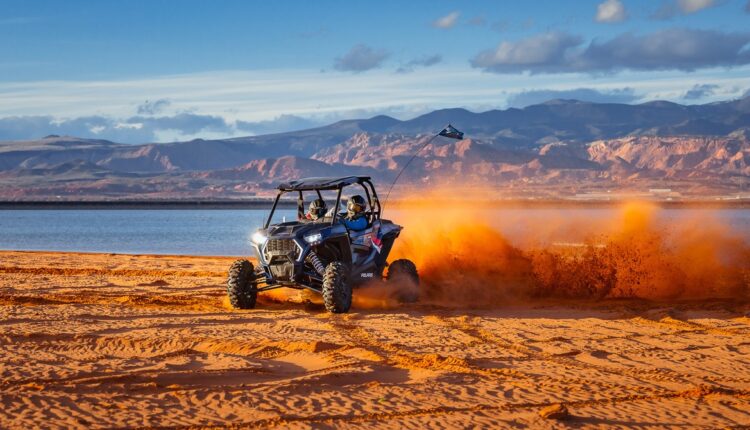©2021 Reporters Post24. All Rights Reserved.
I can think of so many times throughout my career where I have drooled over that latest camera release or that most recent lens that my brain convinces me that I simply have to have. Realistically, though, what photographer out there hasn’t done that at least once in their career?
We all inadvertently seem to have that point where we feel like we are simply dying because we don’t have that piece of gear that’s just outside our budget. I have been wondering, though, does it matter that much? If the gear in hand gets the job done, then who cares if there’s a camera out there with 10 times the megapixels? Sure, the extra quality would be fantastic, the improved dynamic range would be handy, but if the camera that you own earns you the paycheck, then why spend the money?
I was thinking about how many images I captured last year alone for work and how many different cameras I used for various types of jobs. My preferred choice of camera is the Sony a7R IV, which I use for the majority of my work. However, I realized that I have used quite a large range of cameras for a large range of shoot styles, image styles, and compositional differences all for the same job. Sometimes, my preferred camera just isn’t right for the job. What got me thinking about this whole topic was the shot you see below, which was captured using an old DJI Phantom.

The image here was not even a planned one on that particular shoot. It was quite by accident we ended up creating what you see. I had the drone in the air, mapping out my next shot with the RZR on the left, when the one on the right tore through the sand on the top part of the dune. When I saw it in the frame, I flagged down my drivers and had them run it several more times to mimic that same timing that they had ended up creating by accident on the first go. This photograph was created with the DJI Phantom 4, which means my image quality was a whopping 12 megapixels instead of the typical 60 megapixels I’m typically utilizing. We weren’t even out there for photos; our priority was video, but that one shot turned out so well that it became the most successful part of that entire shoot.
I’ll be the first to admit that I have many times been guilty of being a camera snob. Bigger is always better, right? Well, no, not right. Not even a little bit. Now, I wouldn’t say the camera choice itself is so irrelevant that we should sell all our gear and stick to just using our cell phones for client work, but cell phone cameras these days are kind of insanely good when you think about the fact that they live in our pockets. I carry an iPhone around with me, but I’ve seen some incredible work come from all sorts of cell phones out there. I wouldn’t recommend showing up to a client job with nothing but your phone, but that doesn’t mean you can’t still use your phone for professional work. The photo you see here below was taken with an iPhone 12 Pro.

The cell phone camera, combined with a real photographer doing some edits in Adobe Lightroom or even in Lightroom Mobile can produce some solid results. That is precisely what you see in the image above: an iPhone photo that was shot, edited, and exported all from Adobe Lightroom Mobile. It all comes down to how the actual image is intended to be used and what your client may or may not want with it moving forward. If, for instance, the only reason you have been hired is that a company needs a bunch of new images for Instagram posts, then you may be able to get away with nothing but your phone.
If your client needs more than a simple social campaign, or if there’s the potential need for those images to be put to billboard use or any large-scale print medium, then your cell phone probably won’t be enough to measure up for that particular job. With the rise in popularity of cameras found in DJI and GoPro equipment, it seems that megapixel count and total resolution aren’t the deciding factors anymore. I firmly believe that if you’re a great photographer, then you’ll capture a great image, regardless of which camera you have in your hands. I see all the new tech advents as a huge perk in the world of commercial photography. It means I don’t have to lug my heavy camera bag around everywhere I go unless I have a job that specifically requires that gear. Having more camera options and more ways to capture what I get hired to do and being able to fit some of those options in my pocket is a huge advantage in my mind.

For me, this past year was a solid lesson in humility when I had my a7R IV shipped to my house after having some work done on it, and it was stolen from my porch. Long story: UPS faked my signature when I wasn’t home, but thank the heavens for shipping insurance. It meant that I had to spend about two months shooting with several other cameras that weren’t my preferred camera body, and I had to simply make do with what I had in hand. I was able to complete several client jobs with what would easily be considered lesser cameras, and my clients were perfectly happy with the results. Yes, I absolutely would have preferred to have the flexibility of larger compositions and wider cropping options, but I just didn’t. It simply wasn’t an option, so I got the opportunity to retrain my brain and go back to the basics of photography.
It may sound silly to some, but it’s quite easy to get wrapped up in the daily work life with the typical stack of gear and expect things to just run. Digital cameras make it easy to cut corners, and I was guilty of doing some of that, such as shooting in burst modes, bracketing, and using other camera tricks to get it close enough in camera because I had a limited amount of shoot time and I already knew what I could accomplish in post. I’m weirdly grateful for the lessons I learned this past year from the loss of that camera. When the replacement camera showed up, I had already been operating differently for several months, so my images with the new camera were that much better than they might have been having I not been practicing better photography techniques with lesser cameras prior.
I think the thing that hit home the most was that I was still a good photographer, even if I wasn’t using a very good camera. I’m still immensely proud of my work, and the actual camera choice ended up having nothing to do with that. I would be surprised if most of you didn’t relate to that. I’d say be proud of your quality of work. Who actually cares what camera you use to create that work? If you nailed that job, you nailed it, whether it was with a Hasselblad or an iPhone.
Source: https://fstoppers.com


